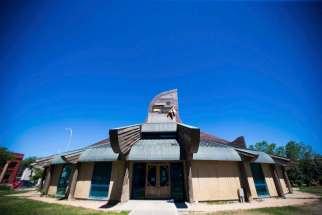Unable to fly Hope fades for Thunderbird House -- the victim of funding cuts, neglect and mismanagement
Read this article for free:
or
Already have an account? Log in here »
To continue reading, please subscribe:
Monthly Digital Subscription
$0 for the first 4 weeks*
- Enjoy unlimited reading on winnipegfreepress.com
- Read the E-Edition, our digital replica newspaper
- Access News Break, our award-winning app
- Play interactive puzzles
*No charge for 4 weeks then price increases to the regular rate of $19.00 plus GST every four weeks. Offer available to new and qualified returning subscribers only. Cancel any time.
Monthly Digital Subscription
$4.75/week*
- Enjoy unlimited reading on winnipegfreepress.com
- Read the E-Edition, our digital replica newspaper
- Access News Break, our award-winning app
- Play interactive puzzles
*Billed as $19 plus GST every four weeks. Cancel any time.
To continue reading, please subscribe:
Add Free Press access to your Brandon Sun subscription for only an additional
$1 for the first 4 weeks*
*Your next subscription payment will increase by $1.00 and you will be charged $16.99 plus GST for four weeks. After four weeks, your payment will increase to $23.99 plus GST every four weeks.
Read unlimited articles for free today:
or
Already have an account? Log in here »
Hey there, time traveller!
This article was published 09/07/2018 (2715 days ago), so information in it may no longer be current.
This is a story of how a Thunderbird loses its wings.
It all started with hope in 1998 when Susan Thompson, Winnipeg’s mayor at the time, chose to fund what would become the Circle of Life Thunderbird House on Main Street and Higgins Avenue. This came after nearly two decades of lobbying and relationship-building by Indigenous leaders.
Escorted to completion in 2000 by then-mayor Glen Murray, it opened during the spring equinox — the time when elders say life begins. The building was intended to be the “spiritual anchor” of the Neeginan project, a development intended to revitalize the North End.
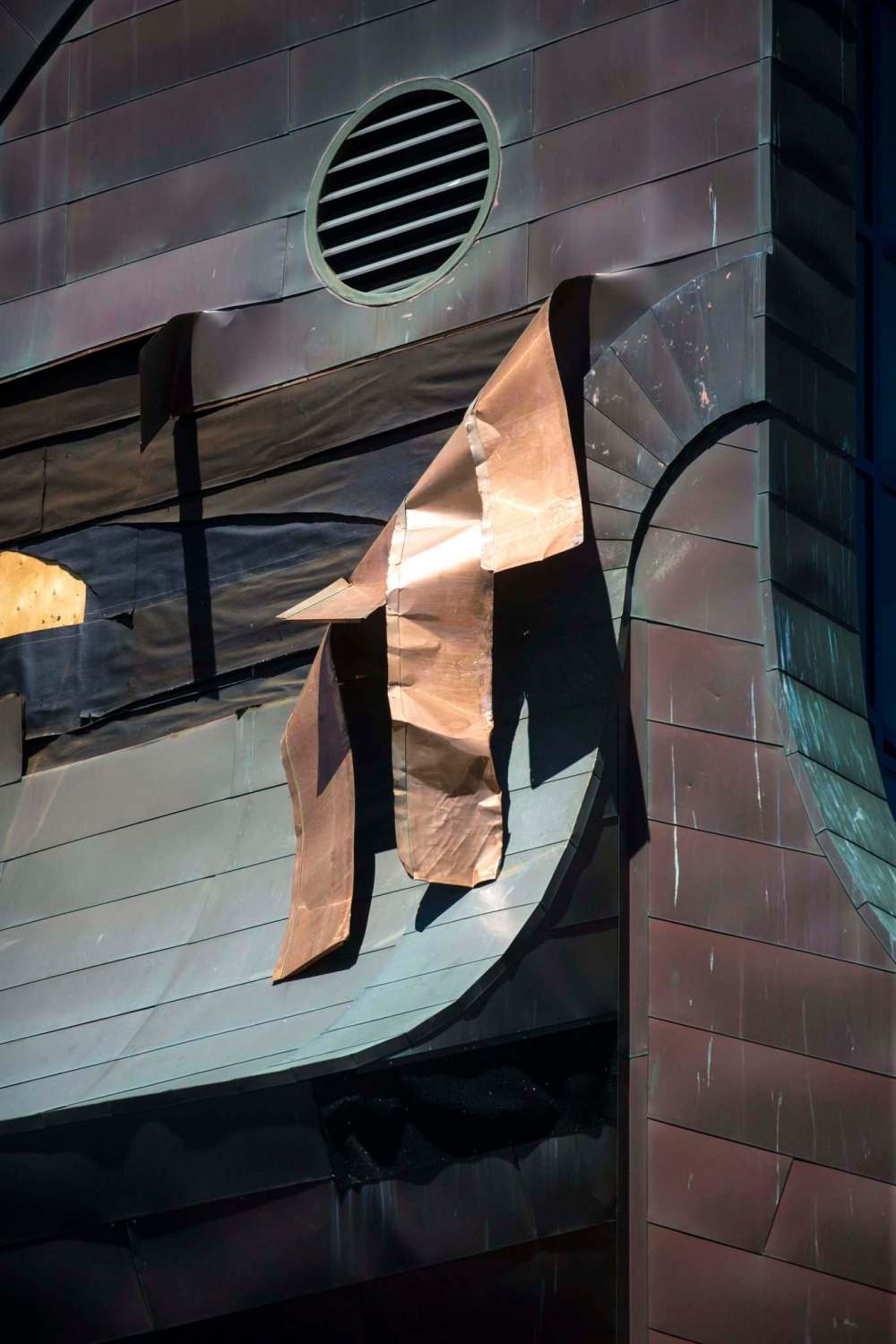
As then-Winnipeg councillor Dan Vandal stated at its opening: “This is a proud day for Winnipeg’s Aboriginal community, a day that demonstrates our great respect for Aboriginal cultural and spiritual values. The opening of Thunderbird House also represents a vital step forward for the development of north Main Street, and is a testimony to the importance of strong partnerships between the community and government.”
The building was spectacular. Designed by famed Indigenous architect Douglas Cardinal, it’s in the form of a thunderbird with outstretched wings tipped in each direction. A bright copper roof covers a virtually all wood interior. A star adorns the building’s literal centre, illustrating the light and power of the space.
The price tag: $2.8 million, paid for by the tripartite Winnipeg Development Agreement. It was quite an investment. The building was given to the Neeginan Development Corporation, along with five years of funding to deliver cultural and social programming — and eventually find new revenue sources.
The building was birthed from potential. As then-Neeginan corporation chairwoman Mary Richard declared: “Today there is hope.”
But hope didn’t pay the bills. After core funding ran out, conflicts started over the direction of the space. In 2006, Richard led a split with Neeginan over claims of mismanagement, debt and political interference.
The board vowed at that time to keep the building autonomous, apolitical and focus primarily on cultural revitalization initiatives. A sweat lodge was built and still holds community ceremonies today.

In 2012, the federal government cut $230,000 in funding to Thunderbird House, so staff and volunteers cobbled together funding applications to the city and province to keep things going.
Still, Thunderbird House has been successful. Attend any event or Google it, if you want to see what I mean. It’s been a place Winnipeggers have come to converse, feast and grow community.
For over 10 years the biggest challenge, according to board co-chairwoman Richelle Scott, is burnout. “There are too many needs and not enough resources.”
The challenge is where to put Thunderbird House’s limited financial and human resources, which have dwindled at the same pace as organizational partners.
For years, hundreds of volunteers kept the lights on and rotated on and off the board. Some successfully brought in small projects and partnerships but these failed to address long-term needs. At one point, even the Truth and Reconciliation Commission showed interest in locating its offices there but shied away.
Meanwhile, civic and provincial governments have taken a hands-off approach, offering limited, short-term funding. With overwhelming needs, past-due bills and inconsistent staffing, this revenue soon dried up.
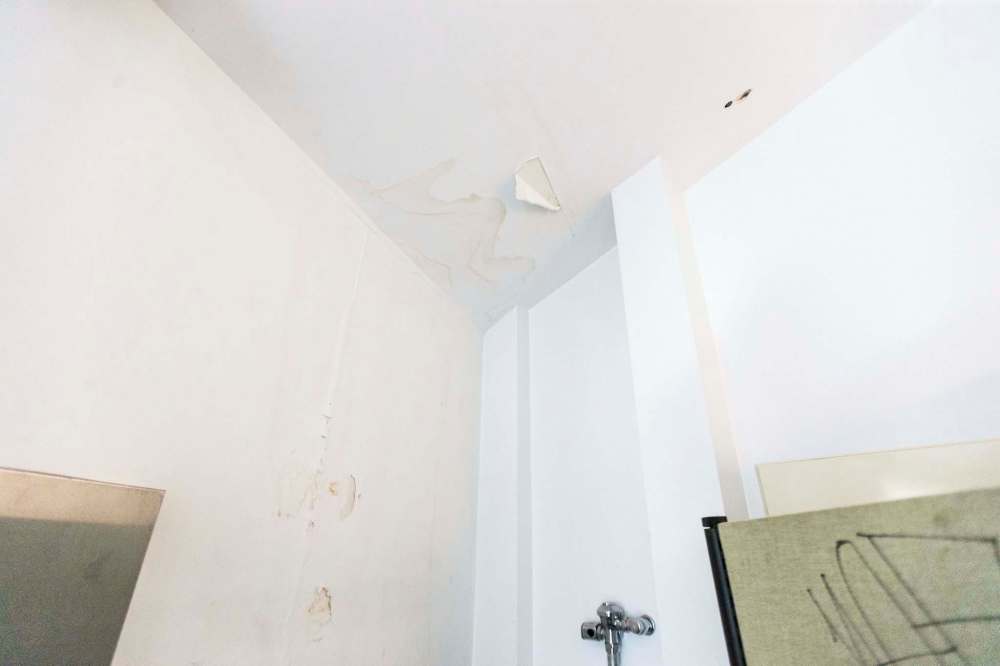
The lifeblood was in the Thunderbird’s charitable tax status and a civic-tax agreement similar to those churches enjoy. In 2015 though, the Thunderbird House’s charitable tax status was pulled — mostly due to a lack of paperwork.
It’s been nothing but an emergency situation since.
With no one able to work on funding applications and overwhelming demands, more money went to programs and less to the building.
Tens of thousands of dollars in bills for everything from air conditioning to taxes soon grew to hundreds of thousands.
Today, there is no staff and the building is completely run by tireless, unpaid volunteers. A lone accountant comes in one day every two weeks. A handful of community organizations including the Bear Clan and Moon Voices pays rent and uses the space for events — constituting the only income Thunderbird House has.
Shrewd accounting has resulted in some bills being paid — including one where a lawsuit was pending — but almost nothing else.
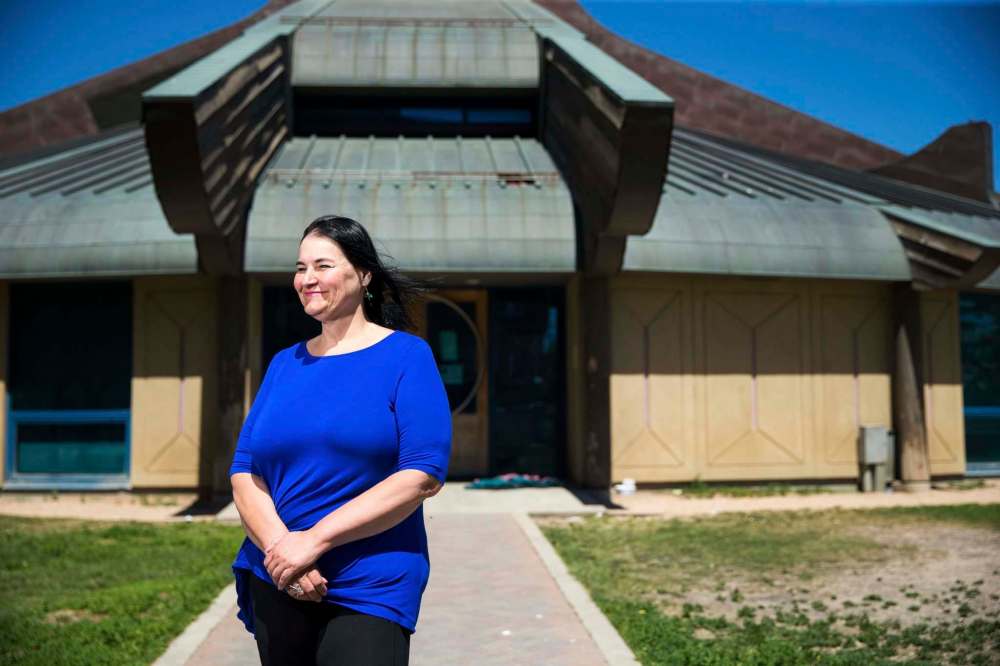
As one volunteer said to me: “It’s like we’re on the Titanic and removing water with a teacup.”
Meanwhile, the building decays. Anyone driving by can see the copper has oxidized, the site is littered with garbage and the roof is damaged. Last week a wind storm pulled off the metal sheets, leaving pieces dangling in the wind.
Ironically, the Thunderbird’s eye now appears to be crying — a victim of neglect, abuse and paralysis.
Even hope is faint. Scott says the Winnipeg Foundation has helped the board complete the application to get Thunderbird’s charitable status back — but that answer won’t come for eight months.
Most days, the doors to Thunderbird House stay locked.
“This building should be flying,” Scott says, looking at the tear in the sky, “but it’s not. I’m open to all ideas, we all are.”
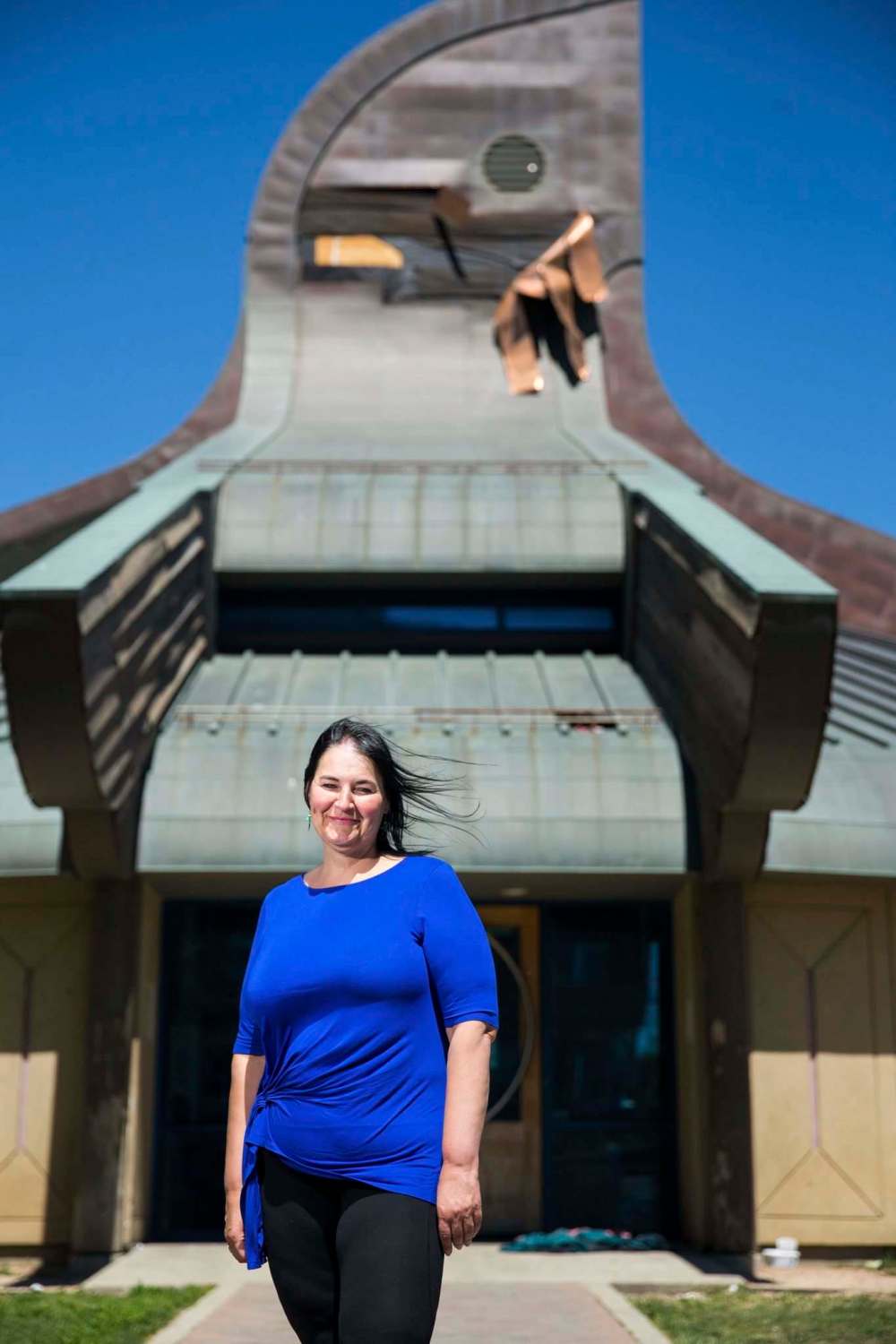
This is how a Thunderbird loses its wings.
It’s when we turn away.

Niigaan Sinclair is Anishinaabe and is a columnist at the Winnipeg Free Press.
Our newsroom depends on a growing audience of readers to power our journalism. If you are not a paid reader, please consider becoming a subscriber.
Our newsroom depends on its audience of readers to power our journalism. Thank you for your support.





